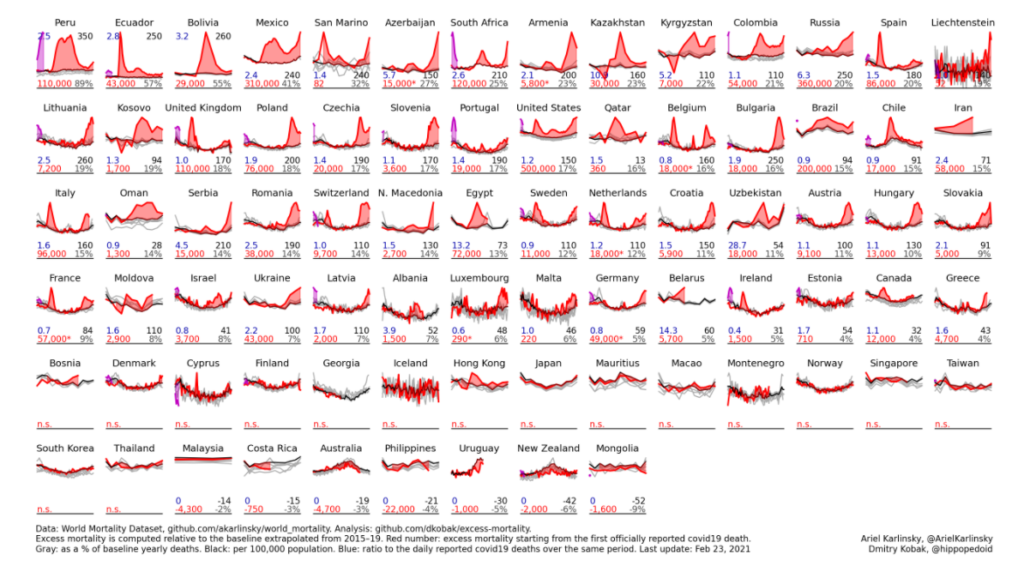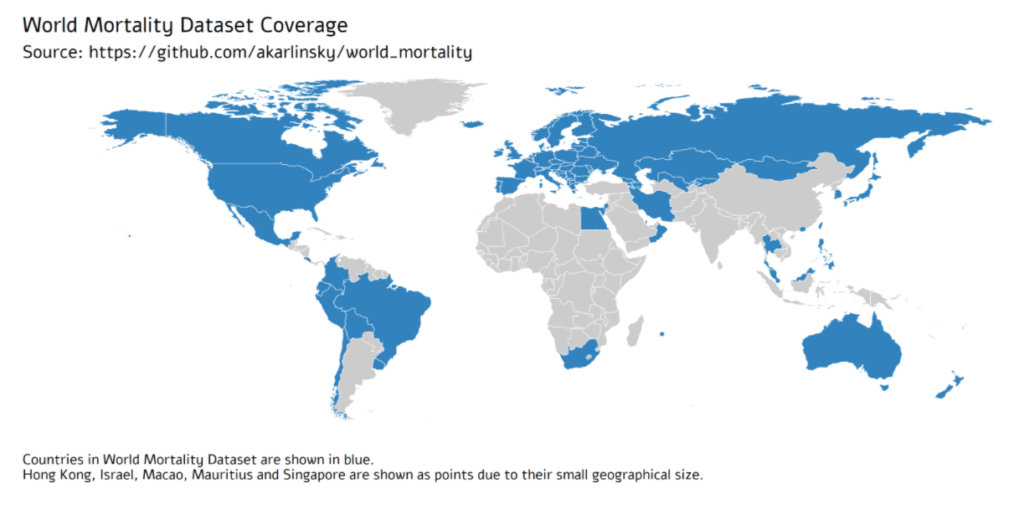Link: https://joelgrus.github.io/thinking-spreadsheet/
Graphic:

Excerpt:
There are many books about spreadsheets out there. Most of these books will tell you things like “How to save a file” and “How to make a graph” and “How to compute the present value of a stream of cashflows” and “How to use conjoint analysis to figure out which features you should add to the next version of your company’s widgets in order to impress senior management and get a promotion and receive a pay raise so you can purchase a bigger boat than your neighbor has.”
This book isn’t about any of those. Instead, it’s about how to Think Spreadsheet. What does that mean? Well, spreadsheets lend themselves well to solving specific types of problems in specific types of ways. They lend themselves poorly to solving other specific types of problems in other specific types of ways.
Thinking Spreadsheet entails the following:
- Understanding how spreadsheets work, what they do well, and what they don’t do well.
- Using the spreadsheet’s structure to intelligently organize your data.
- Solving problems using techniques that take advantage of the spreadsheet’s strengths.
- Building spreadsheets that are easy to understand and difficult to break.
To help you learn how to Think Spreadsheet, I’ve collected a variety of curious and often whimsical examples. Some represent problems you are likely to encounter out in the wild, others problems you’ll never encounter outside of this book. Many of them we’ll solve multiple times. That’s because in each case, the means are more interesting than the ends. You’ll never (I hope) use a spreadsheet to compute all the prime numbers less than 100. But you’ll often (I hope) find useful the techniques we’ll use to compute those prime numbers, and if you’re clever you’ll go away and apply them to all sorts of real-world problems. As with most books of this sort, you’ll really learn the most if you recreate the examples yourself and play around with them, and I strongly encourage you to do so.
Author(s): Joel Grus
Publication Date: originally in dead-tree form 2010, accessed 29 Oct 2022
Publication Site: Joel Grus github




